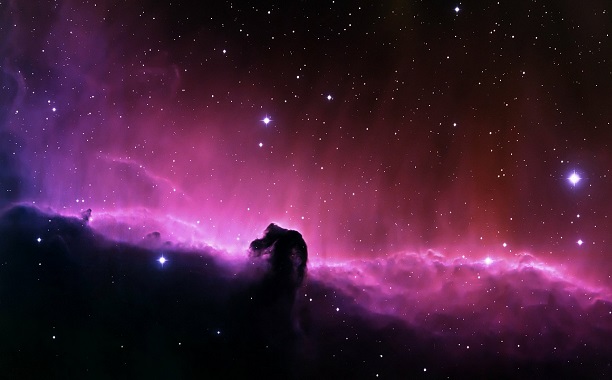The proposed High-Definition Space Telescope was discussed by a panel of scientists at the American Museum of Natural History on July 6th.
The new telescope will feature a 39-feet long multi-piece mirror that can view the universe in ultraviolet, optical and infrared light. The mirror is significantly larger than the Hubble Space Telescope’s mirror, which is 7.8 feet wide as well as the soon to be launched James Webb Space Telescope’s mirror, which is 16.4 feet wide.
Neil deGrasse Tyson, a director of the museum’s planetarium, was quoted by Yahoo! News as saying that the mission of the telescope is to “not simply understanding what we already know a little better.”
Bigger telescopes see deeper into space with better detail. Period, (…) And it’s not just that you will see the objects you already know about better. Our experience tells us that all-new phenomena, undreamt of, manifest themselves in the face of this higher level of technology. And that is what we’re actually after here — not simply understanding what we already know a little better. (The HDST has) the potential to make significant, field-changing discoveries.
While how much more powerful the telescope will be is yet to be seen, Michael Sahara, a curator in the department of astrophysics of the Association of Universities for Research in Astronomy (AURA) was quoted by Yahoo News as having said that it could very well be anywhere between 100 to 1,000 times more powerful than the Hubble.
AURA representatives also noted that the mission of the HDST will be to search for planets that show similar characteristics to Earth and analyze if they can or do support life. It will be able to bypass this by using a coronagraph, which is designed block light parent stars to get a better view of the planet.
The coronagraph will also break up the light from the planets themselves, which will allow for astronomers to determine the existence of a life supporting atmosphere, Tech Times explained.
The telescope is expected to cost between $8 and $9 billion.
While the HDST is designed to make analyzing planet’s atmosphere’s better, the Hubble Space Telescope recently discovered a planet with a “sunscreen” layer.
So what do you think about the High Definition Space Telescope?
























